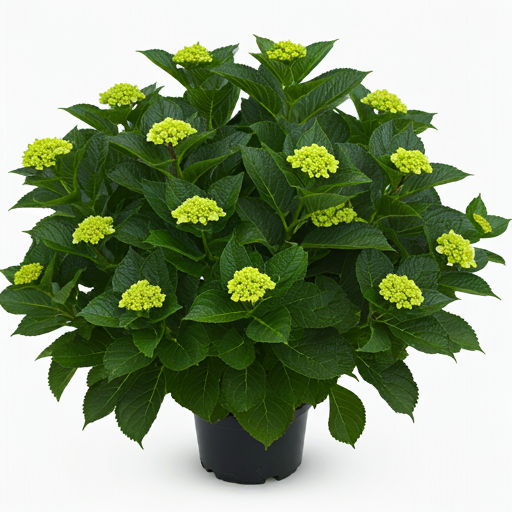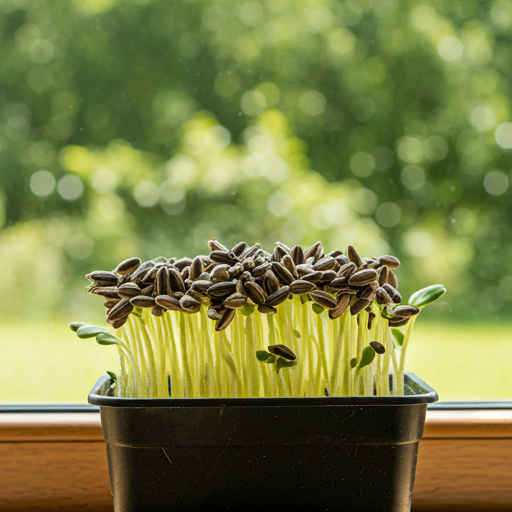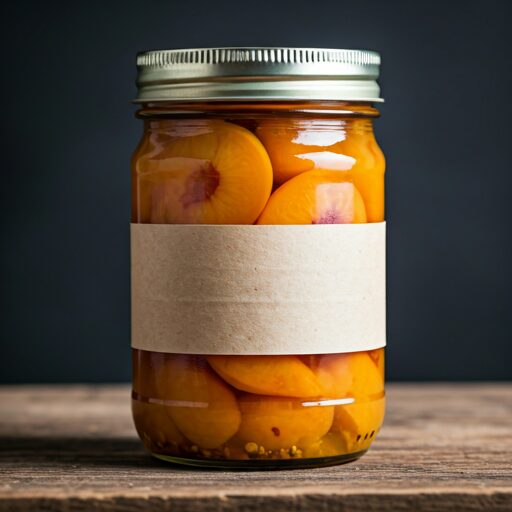Fall Garden Cleanup & Winter Prep: A Homesteader’s Guide
The air is crisp, the leaves are turning vibrant shades of red and gold, and the scent of pumpkin spice fills the air. Fall is a time of transition, a gentle reminder that nature is preparing for a long winter slumber. As a middle-aged woman newly embracing the homesteading life, I’ve discovered that this transition extends to the garden as well. It’s not just about harvesting the last of the summer’s bounty, but also about preparing the soil and plants for a successful spring awakening.
This fall, I’m learning the art of fall garden cleanup and winter preparation. It’s a process that requires a little bit of work, but the rewards are substantial – a healthy garden ready to thrive next year! Join me as I share my experiences and tips for a successful transition from harvest to hibernation.
Part 1: The Great Garden Clean Up
The first step is to tidy up your garden. This is the time to bid farewell to the summer’s growth and prepare the soil for a new season. Here’s a step-by-step guide:
1. Harvest What’s Left
Before you start clearing out, take one last look at your garden. Are there any lingering vegetables that can be harvested? Even if they’re not at their peak, you can still use them in soups, stews, or even freeze them for later use. A little creativity can go a long way!
2. Remove Dead Plants and Debris
Once the harvest is complete, it’s time to remove dead plants and debris. This helps prevent diseases and pests from overwintering in your garden. Pull out any remaining plants, including those that are still alive but have finished producing. Remove any weeds, fallen leaves, and other garden waste. Dispose of diseased plants responsibly, either by composting them in a separate bin or by burning them (if permitted in your area).
3. Cut Back Perennials
Cut back perennials to a few inches above the ground. This helps to prevent disease and allows for new growth in the spring. Leave the stems and leaves on the ground to decompose and provide nutrients for the soil.
4. Dig Up Bulbs
If you’ve grown bulbs like tulips, lilies, or daffodils, now is the time to dig them up and store them for the winter. This prevents them from rotting in the cold, wet soil. Dig up the bulbs carefully, being sure not to damage the roots. Brush off excess soil, let them dry in a cool, dark place, and store them in a dry, well-ventilated container.
5. Don’t Forget the Tools!
Don’t neglect your garden tools! Clean them thoroughly, sharpen any blades, and store them in a dry place to prevent rust. This will ensure they’re ready for the spring planting season.
Part 2: Preparing the Soil
A healthy soil is the foundation of a thriving garden. Preparing the soil in the fall sets the stage for a successful spring.
1. Amend the Soil
A key aspect of fall garden cleanup is soil improvement. You can amend the soil with compost or manure to add nutrients and improve drainage. Adding compost is like giving your soil a nutritious boost, enriching it with organic matter, improving its structure, and boosting microbial activity. The nutrients in compost will help your plants thrive the following year.
2. Test the Soil
If you’re unsure about the pH level of your soil, consider a soil test. Knowing the pH can help you adjust the soil by adding lime or sulfur to create the optimal conditions for your preferred plants.
3. Turn Over the Soil
Turning over the soil in the fall helps to aerate it and expose any weed seeds to the cold winter temperatures. This will make it easier for plants to grow in the spring. If you have heavy clay soil, you might want to avoid tilling to prevent compaction and ensure good drainage.
4. Mulch It Up!
Mulching is a critical step in fall garden cleanup. Apply a layer of mulch over the soil to protect it from harsh winter elements, prevent weed growth, and help the soil retain moisture. You can use organic materials such as shredded leaves, straw, bark chips, or wood chips. A layer of 2-4 inches is ideal for most gardens.
Part 3: Protecting Your Plants
Some plants are more susceptible to winter damage than others. Here are a few tips for protecting your garden:
1. Winterizing Shrubs and Trees
For tender shrubs and trees, you can protect them from the cold by wrapping them in burlap or other protective material. Make sure to secure it tightly to prevent wind damage.
2. Protecting Perennial Plants
Some perennials, like roses, need extra protection from the cold. A good way to protect them is to cover them with a mound of soil or mulch. This will help to insulate them and keep them warm.
3. Protecting Fruit Trees
Young fruit trees are particularly vulnerable to winter damage. Wrap their trunks with tree wrap or burlap to protect them from sunscald, which can occur when the sun warms the bark during the day and then cools down at night. This can damage the bark and lead to disease.
Part 4: Planning for Spring
While the garden is resting for the winter, it’s the perfect time to plan for the spring. Here are a few tips to get you started:
1. Research New Plant Varieties
Take advantage of the downtime and do some research on new plant varieties to try out in the spring. There are countless options available, from heirloom vegetables to colorful flowers. Browse through seed catalogs, visit local nurseries, or join online gardening forums for inspiration.
2. Plan Your Garden Layout
Consider what you want to plant in the coming season and how you want to arrange it. Sketch out a garden layout to ensure efficient use of space. Think about the needs of different plants, such as sun exposure, soil type, and spacing.
3. Prepare Your Tools
As mentioned earlier, don’t forget about your garden tools! Clean them thoroughly, sharpen blades, and store them properly to avoid rust. This way, you’ll be ready to hit the ground running when spring arrives.
4. Start Seeds Indoors
For early spring blooms and a head start on your vegetables, you can start seeds indoors a few weeks before the last frost. This allows plants to develop a strong root system and get a jump on the growing season.
Part 5: The Rewards of Fall Garden Prep
As a beginner homesteader, the process of fall garden cleanup and winter preparation can feel daunting. But believe me, the effort is worth it. By taking the time to prepare your garden for the coming season, you’re setting the stage for a healthy and productive garden in the spring.
Here are some benefits of fall garden cleanup and winter prep:
- Healthier Soil: Adding compost and turning over the soil helps create a rich, fertile environment for your plants.
- Fewer Pests and Diseases: Removing dead plants and debris helps prevent pests and diseases from overwintering in your garden.
- Stronger Plants: Protecting plants from harsh winter conditions will help them stay healthy and thrive in the spring.
- Less Work in the Spring: By preparing your garden in the fall, you’ll have less to do when spring arrives. This frees up time to focus on planting and enjoying your garden.
- A Sense of Accomplishment: There’s something truly satisfying about seeing your garden prepped and ready for a new season.
As a homesteader, I’m embracing the rhythm of the seasons. Fall garden cleanup is not just about tidying up, it’s about nurturing the earth and preparing for the future. It’s a time to appreciate the cycle of life and the beauty of nature’s resilience. By embracing this process, I’m not just preparing my garden for winter, I’m also cultivating a sense of connection to the earth and the natural world. And for me, that’s a reward in itself.
Conclusion: Embrace the Journey
Whether you’re a seasoned gardener or just starting your homestead journey, fall garden cleanup and winter preparation are essential steps for a thriving garden. It’s a process that takes time and effort, but the rewards are well worth it.
Don’t be afraid to experiment and learn along the way. Each season brings new lessons and opportunities for growth. Embrace the journey, enjoy the process, and let your garden flourish with the promise of a beautiful spring!






